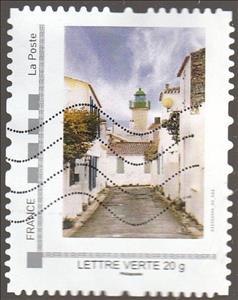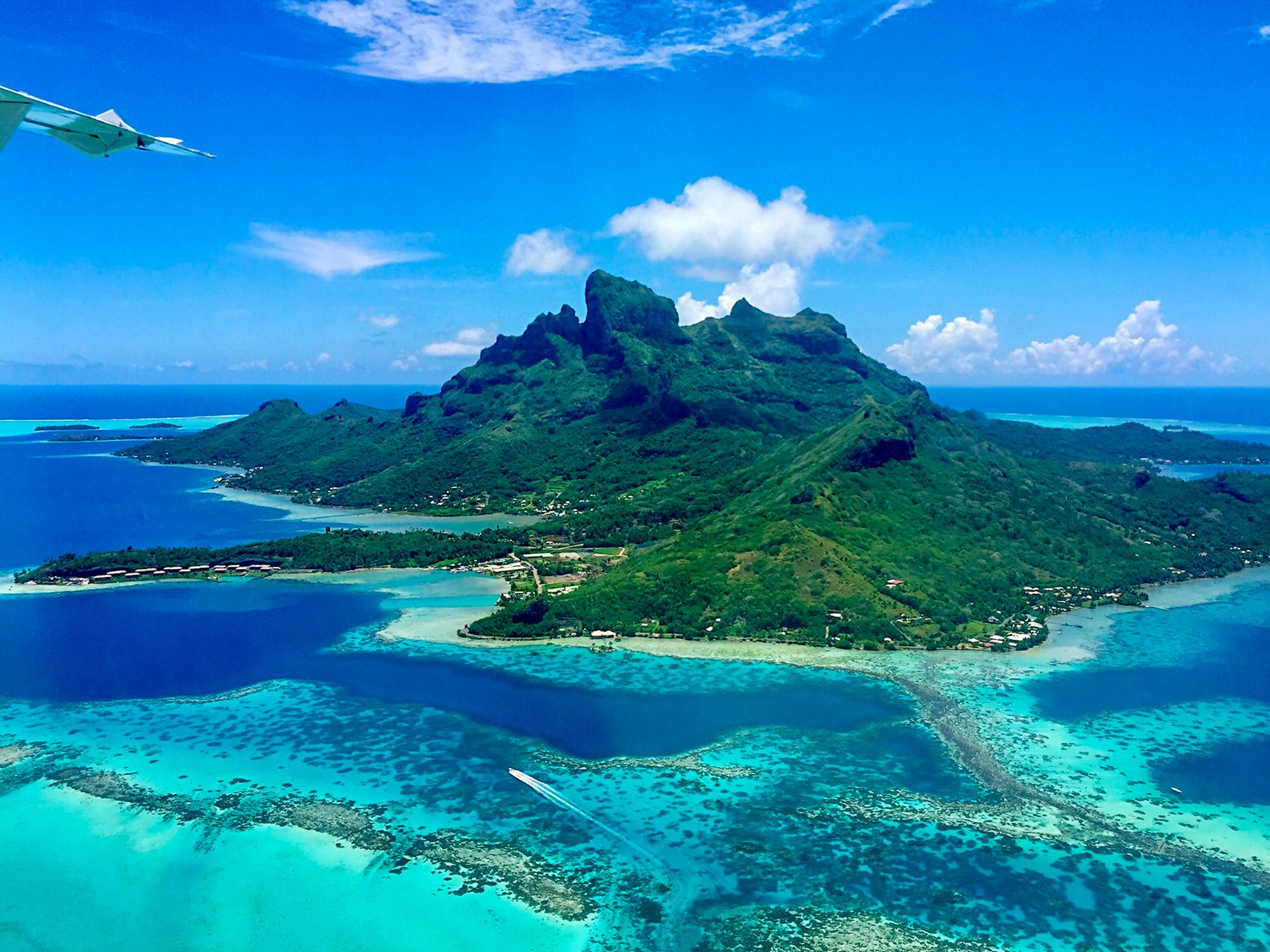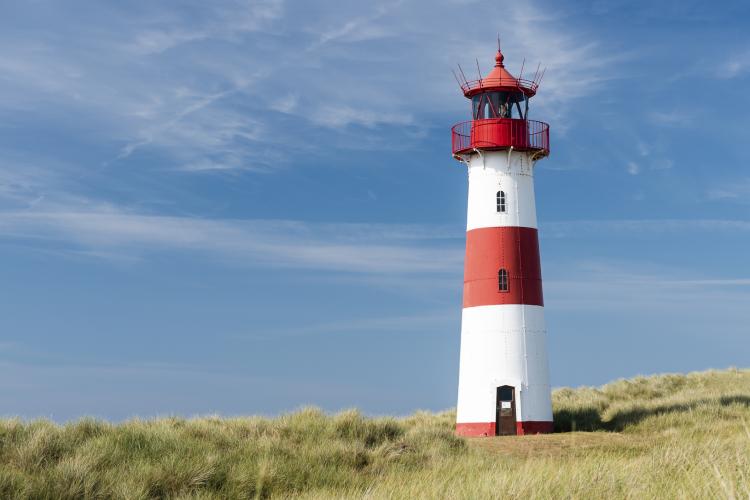Stamp: Ile d'Yeu Lighthouse and Street View. Water colour by ... (France 2024)
Ile d'Yeu Lighthouse and Street View. Water colour by ... (France 2024)
01 January (France ) within release Collectors : Montimbramoi. Miscellaneous goes into circulation Stamp Ile d'Yeu Lighthouse and Street View. Water colour by ... face value Lettre No Face Value
| Stamp Ile d'Yeu Lighthouse and Street View. Water colour by ... in catalogues | |
|---|---|
| Colnect codes: | Col: FR-MON 2024-09 |
Stamp is square format.
... Nicolae RazumieffAlso in the issue Collectors : Montimbramoi. Miscellaneous:
- Stamp - Lavoye BTP face value Monde;
- Stamp - Belmondo Comic Strip Book face value Lettre;
- Stamp - Aeroways face value Lettre;
- Stamp - Je viens bosser chez vous face value Lettre;
- Stamp - Jonas face value Lettre;
- Stamp - MSP Maison du Sante du Parc Amiens face value Lettre;
- Stamp - 2ETF face value Lettre;
- Stamp - Antique Binoculars face value Lettre;
- Stamp - Black colour of Eyeliner face value Lettre;
- Stamp - Fulli Telepeage face value Lettre;
- Stamp - Ile d'Yeu Lighthouse and Street View. Water colour by ... face value Lettre;
- Stamp - Le Puy en Velay. Rock/Chapel/Church Saint Michel d'Aiguilhe face value Lettre;
- Stamp - Painting by Hans Hartuns A&R Fleury face value Lettre;
- Stamp - UIISC no 1 Sapeurs Pompiers face value Lettre;
- Stamp - Mg face value Lettre;
- Stamp - APCNR Asso Philatelic Cartophile Numismatic RegioSaint Louis face value Lettre;
- Stamp - Mutuelle UMC face value Lettre;
- Stamp - Saline face value Monde;
- Stamp - Agylus face value Monde;
- Stamp - Aerial view of Coast face value Lettre;
- Stamp - Air Balloon face value Lettre;
- Stamp - Combi VW Voltswagen face value Lettre;
- Stamp - Docteur Wick Cabinet Dentaire face value Lettre;
- Stamp - Abstract Painting of a Tree face value Destineo;
- Stamp - Cliffs/Falaises d'Etretat face value Destineo;
- Stamp - Haute Joux Village Vacances Chalet Cap France face value Lettre;
- Stamp - IDLR cles de le parcours immobilier reussi face value Lettre;
- Stamp - Juke Box face value Lettre;
- Stamp - Louis Pasteur (1822-1895) face value Lettre;
- Stamp - Marie Antionette et ses enfants (detail) vue rapprochée face value Destineo;
- Stamp - Pastimes and games face value Lettre;
- Stamp - Du Corps a la Voix / From Body to Voice face value Lettre;
- Stamp - Porte de Peyrou, Montpellier face value Lettre;
- Stamp - Unidentified Coat of Arms face value Lettre;
- Stamp - Cote Cuisson face value Lettre;
- Stamp - Memoire d'Ornon face value Lettre;
- Stamp - Rando du Facture, Auneau Fleury St Symphorien face value Lettre;
- Stamp - Societe Nationale des Meilleurs Ouvriers de France NOF face value Lettre;
- Stamp - Saint Louis IX face value Lettre;
- Stamp - Violet. Conquer Melanoma / Vaincre le Melanome face value Lettre;
- Stamp - Espace Multiculturel Dagron face value Destineo;
Stamp Ile d'Yeu Lighthouse and Street View. Water colour by ... it reflects the thematic directions:
Art is a diverse range of human activities in creating visual, auditory or performing artifacts (artworks), expressing the author's imaginative or technical skill, intended to be appreciated for their beauty or emotional power. In their most general form these activities include the production of works of art, the criticism of art, the study of the history of art, and the aesthetic dissemination of art. The oldest documented forms of art are visual arts, which include creation of images or objects in fields including painting, sculpture, printmaking, photography, and other visual media. Architecture is often included as one of the visual arts; however, like the decorative arts, or advertising, it involves the creation of objects where the practical considerations of use are essential—in a way that they usually are not in a painting, for example. Music, theatre, film, dance, and other performing arts, as well as literature and other media such as interactive media, are included in a broader definition of art or the arts. Until the 17th century, art referred to any skill or mastery and was not differentiated from crafts or sciences. In modern usage after the 17th century, where aesthetic considerations are paramount, the fine arts are separated and distinguished from acquired skills in general, such as the decorative or applied arts.
An island or isle is a piece of land, distinct from a continent, completely surrounded by water. There are continental islands, which were formed by being split from a continent by plate tectonics, and oceanic islands, which have never been part of a continent. Oceanic islands can be formed from volcanic activity, grow into atolls from coral reefs, and form from sediment along shorelines, creating barrier islands. River islands can also form from sediment and debris in rivers. Artificial islands are those made by humans, including small rocky outcroppings built out of lagoons and large-scale land reclamation projects used for development.
A lighthouse is a tower, building, or other type of structure designed to emit light from a system of lamps and lenses, and to serve as a navigational aid for maritime pilots at sea or on inland waterways. Lighthouses mark dangerous coastlines, hazardous shoals, reefs, and safe entries to harbors, and can assist in aerial navigation. Once widely used, the number of operational lighthouses has declined due to the expense of maintenance and use of electronic navigational systems.
Painting is the practice of applying paint, pigment, color or other medium to a solid surface (support base). The medium is commonly applied to the base with a brush, but other implements, such as knives, sponges, and airbrushes, can be used. Painting is a mode of creative expression, and the forms are numerous. Drawing, gesture (as in gestural painting), composition, narration (as in narrative art), or abstraction (as in abstract art), among other aesthetic modes, may serve to manifest the expressive and conceptual intention of the practitioner. Paintings can be naturalistic and representational (as in a still life or landscape painting), photographic, abstract, narrative, symbolistic (as in Symbolist art), emotive (as in Expressionism), or political in nature (as in Artivism). A portion of the history of painting in both Eastern and Western art is dominated by spiritual motifs and ideas. Examples of this kind of painting range from artwork depicting mythological figures on pottery, to Biblical scenes rendered on the interior walls and ceiling of the Sistine Chapel, to scenes from the life of Buddha or other images of Eastern religious origin. In art, the term painting describes both the act and the result of the action. The support for paintings includes such surfaces as walls, paper, canvas, wood, glass, lacquer, clay, leaf, copper and concrete, and the painting may incorporate multiple other materials including sand, clay, paper, plaster, gold leaf, as well as objects. The term painting is also used outside of art as a common trade among craftsmen and builders.




